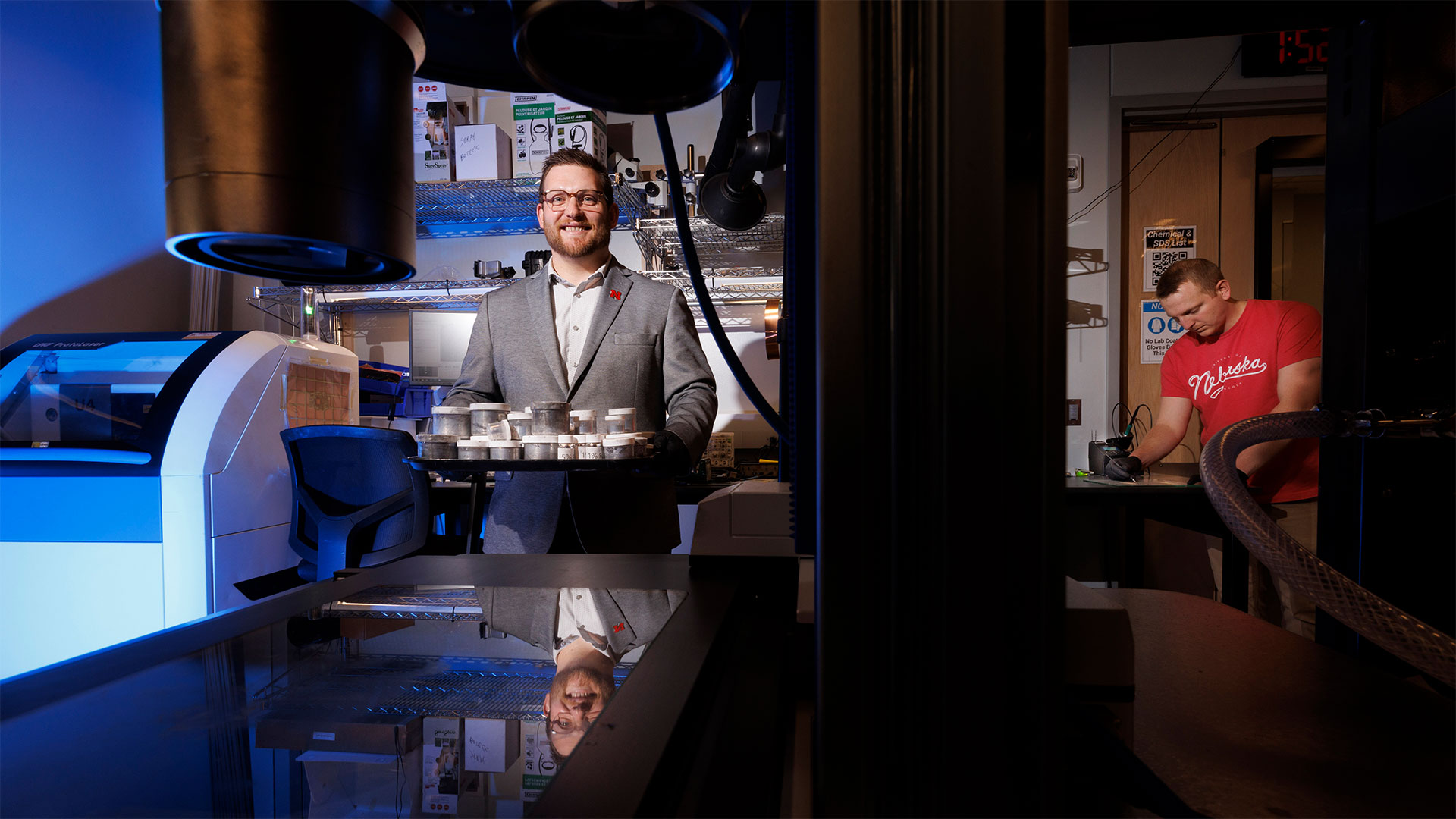Researchers have developed a self-healing artificial muscle for use in soft robotics and wearable systems. It mimics the ability of animals and plants to detect and self-heal injuries. This transformative development by the University of Nebraska–Lincoln engineering team is claimed to address a longstanding problem with synthetic systems.
Injury sensing and self-repair are obviously important features of organic life forms, but present a complex challenge for robotics makers. Thus, the researchers have gone down the tried and trusted path of biomimicry here.
It is explained that the key development presented is a system that can identify damage from a puncture or extreme pressure, pinpoint its location, and autonomously initiate self-repair. For this purpose, a multi-layer architecture was presented at the recent IEEE International Conference on Robotics and Automation in Atlanta, Georgia.

The muscle, or actuator, has three layers. At the bottom is a damage detection layer, which is a soft electronic skin composed of liquid metal microdroplets embedded in a silicone elastomer in this case. Next, a stiff thermoplastic elastomer is used as the middle layer, and this material acts as the self-healing component. On top, there us the actuation layer, the layer which contracts and expands with the variation in water pressure.
To create a self-repair mechanism that functions without external intervention also requires a variety of monitoring currents which flow in a network across the ‘skin’ of this design. Damage can thus be sensed as disruptions to the electrical network. Ingeniously, this triggers the same network to deliver heat to areas of damage, melting the thermoplastic layer to seal ruptures. This is “effectively self-healing the wound,” says the researchers.

What if there is further damage in the same area? The scientists have thought of this and have devised a step which resets the skin layer’s electrical network. The technique to implement the reset exploits the effects of electromigration, “a process in which an electrical current causes metal atoms to migrate,” it is explained. Without this system, the self-healing system would only be able to complete one cycle of damage and repair, so it is a very important innovation.
As the researchers are based in Nebraska, the first applications of this technology they mused about was in agricultural robots that get damaged by twigs or thorns. However, the team also see possibilities for the use of this technology in wearable health monitoring devices, and wider consumer electronic applications.
Follow Tom's Hardware on Google News to get our up-to-date news, analysis, and reviews in your feeds. Make sure to click the Follow button.

 6 months ago
95
6 months ago
95








 English (US) ·
English (US) ·